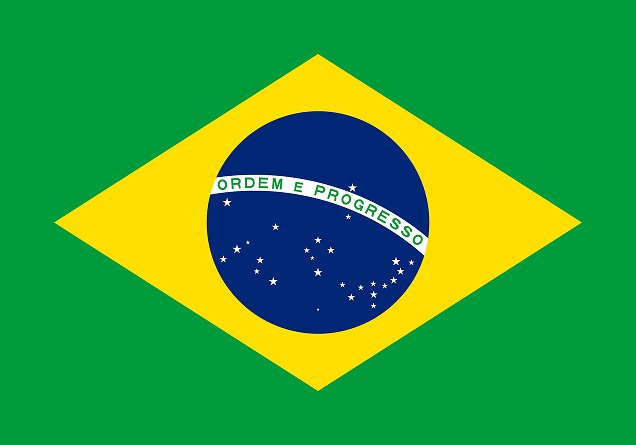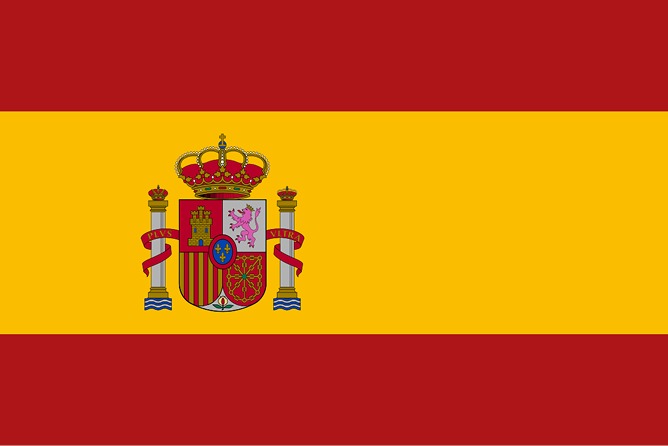Não conseguimos encontrar a internet
Tentando reconectar
Algo deu errado!
Aguarde enquanto voltamos ao normal
Satellite-based estimates reveal widespread forest degradation in the Amazon
05/02/20| Título | Satellite-based estimates reveal widespread forest degradation in the Amazon |
| Autores | Eric L. Bullock, Curtis E. Woodcock, Carlos Souza Jr., Pontus Olofsson |
| Ano de publicação | 2020 |
| Meio de publicação | Global Change Biology |
| DOI (Digital Object Identifier) | https://doi.org/10.1111/gcb.15029 |
Bullock, Eric L.; Woodcock, Curtis E.; Souza Jr., Carlos; Olofsson, Pontus. Satellite-based estimates reveal widespread forest degradation in the Amazon. Global Change Biology, 05 February 2020.
Abstract: Anthropogenic and natural forest disturbance cause ecological damage and carbon emissions. Forest disturbance in the Amazon occurs in the form of deforestation (conversion of forest to non-forest land covers), degradation from the extraction of forest resources, and destruction from natural events. The crucial role of the Amazon rainforest in the hydrologic cycle has even led to the speculation of a disturbance “tipping point” leading to a collapse of the tropical ecosystem. Here we use time series analysis of Landsat data to map deforestation, degradation, and natural disturbance in the Amazon Ecoregion from 1995 to 2017. The map was used to stratify the study area for selection of sample units that were assigned reference labels based on their land cover and disturbance history. An unbiased statistical estimator was applied to the sample of reference observations to obtain estimates of area and uncertainty at biennial time intervals. We show that degradation and natural disturbance, largely during periods of severe drought, have affected as much of the forest area in the Amazon Ecoregion as deforestation from 1995 to 2017. Consequently, an estimated 17% (1,036,800 ± 24,800 km2, 95% confidence interval) of the original forest area has been disturbed as of 2017. Our results suggest that the area of disturbed forest in the Amazon is 44%–60% more than previously realized, indicating an unaccounted for source of carbon emissions and pervasive damage to forest ecosystems.
 PT
PT
 ES
ES
 EN
EN

